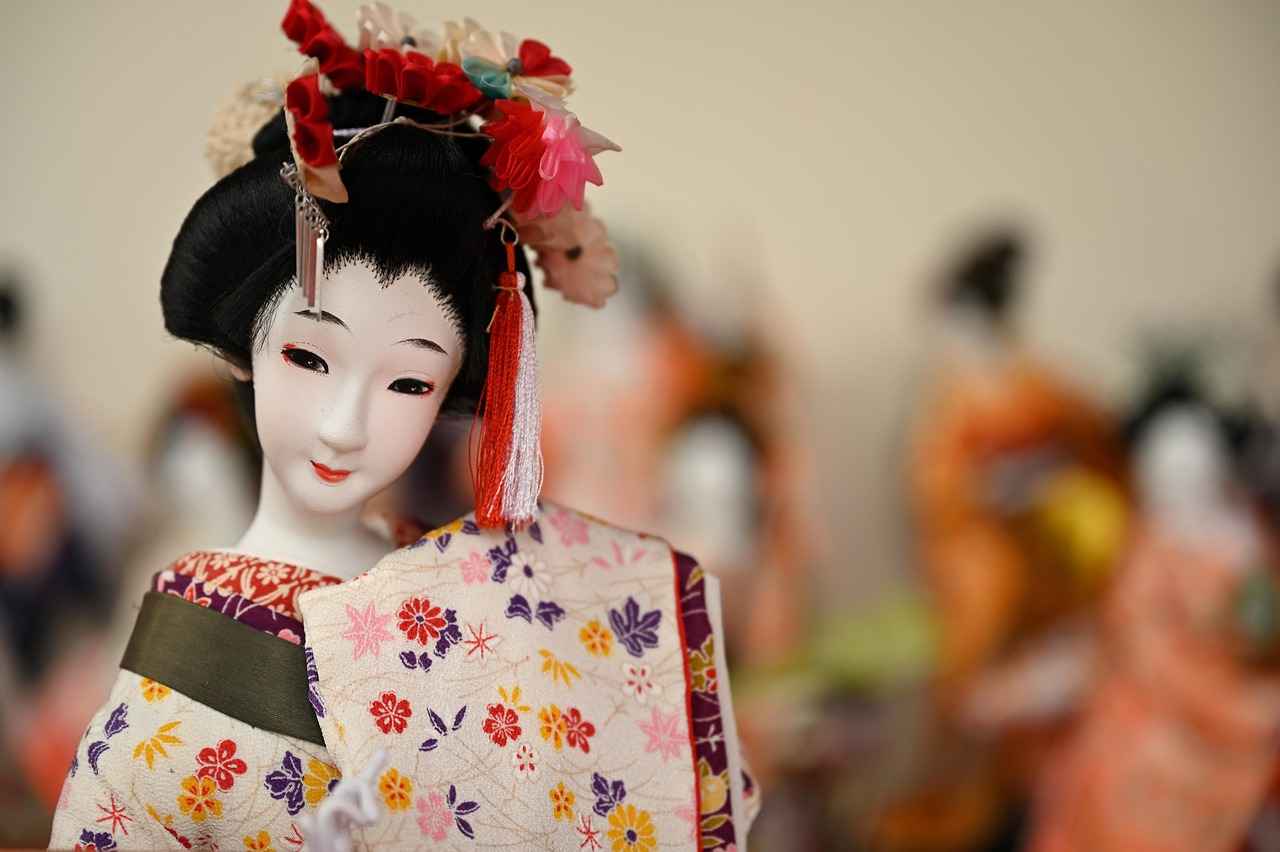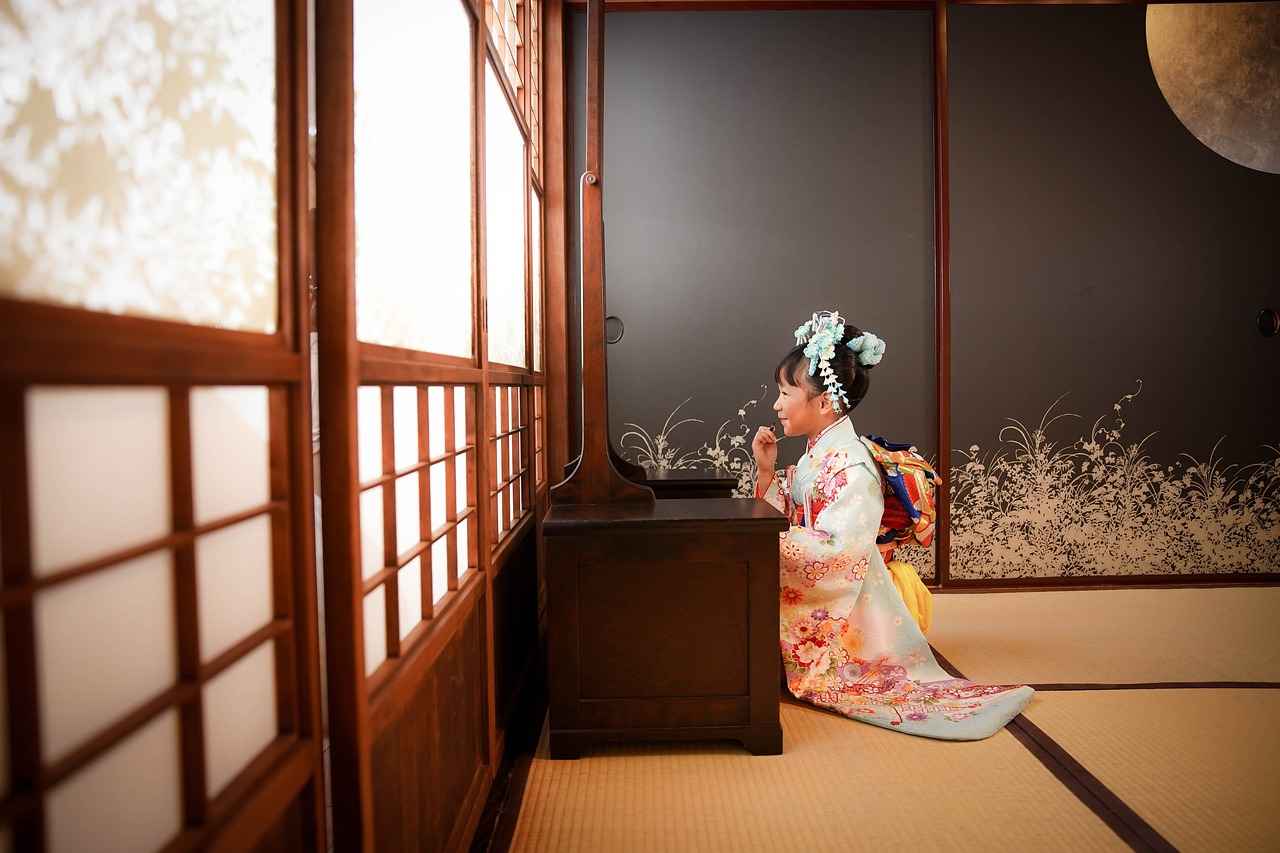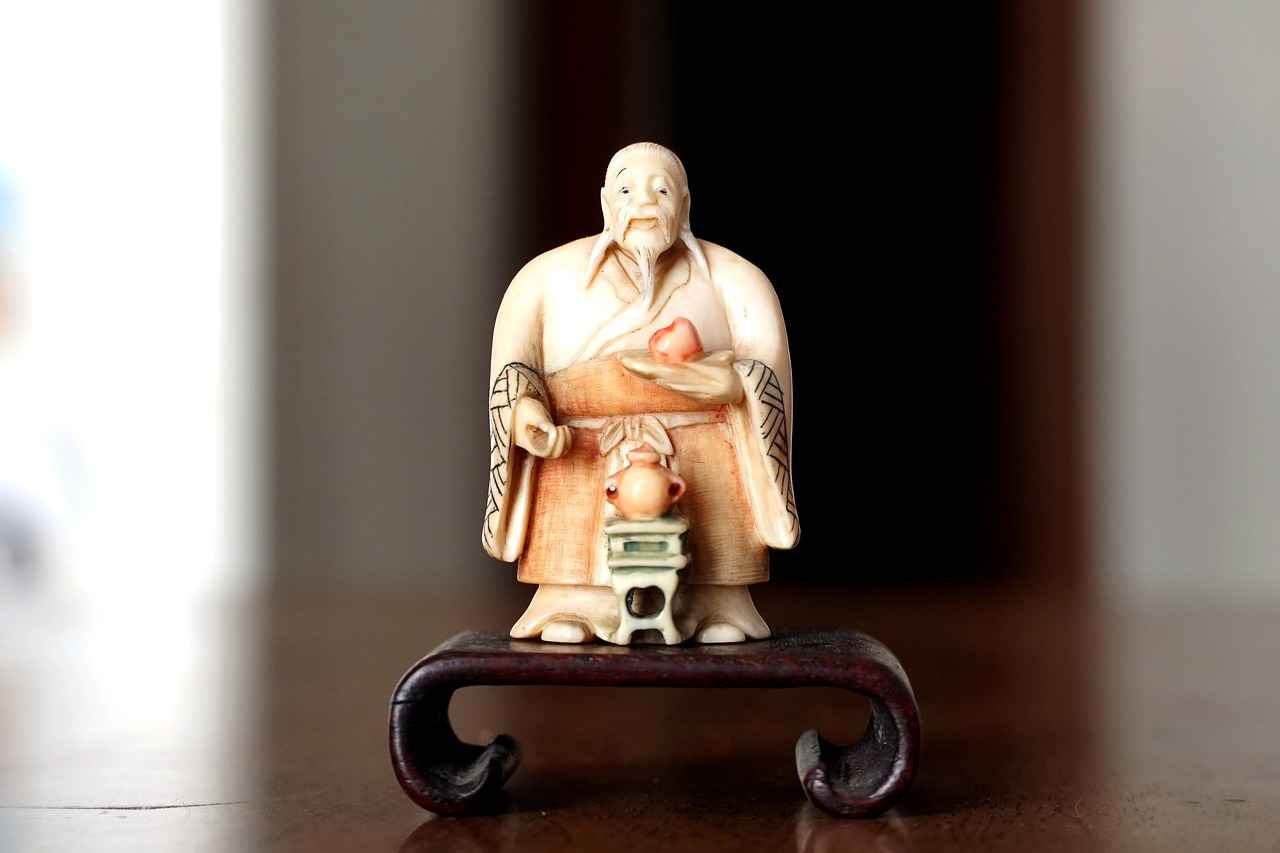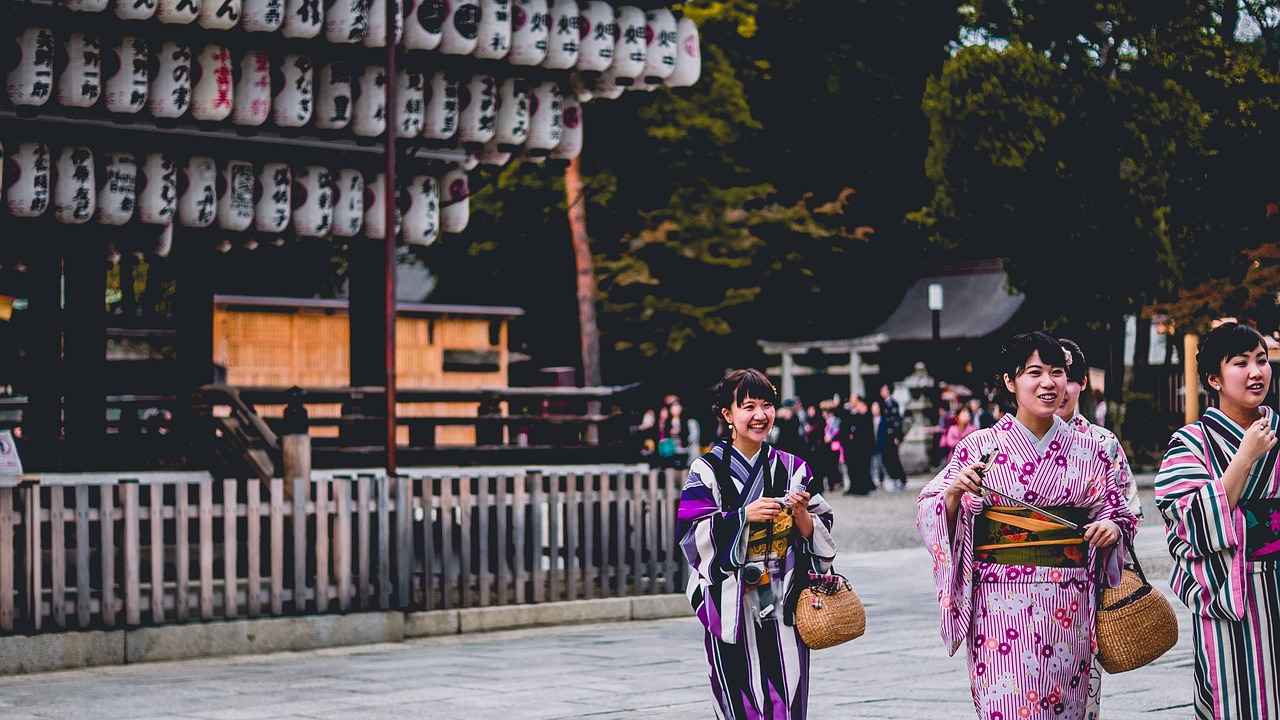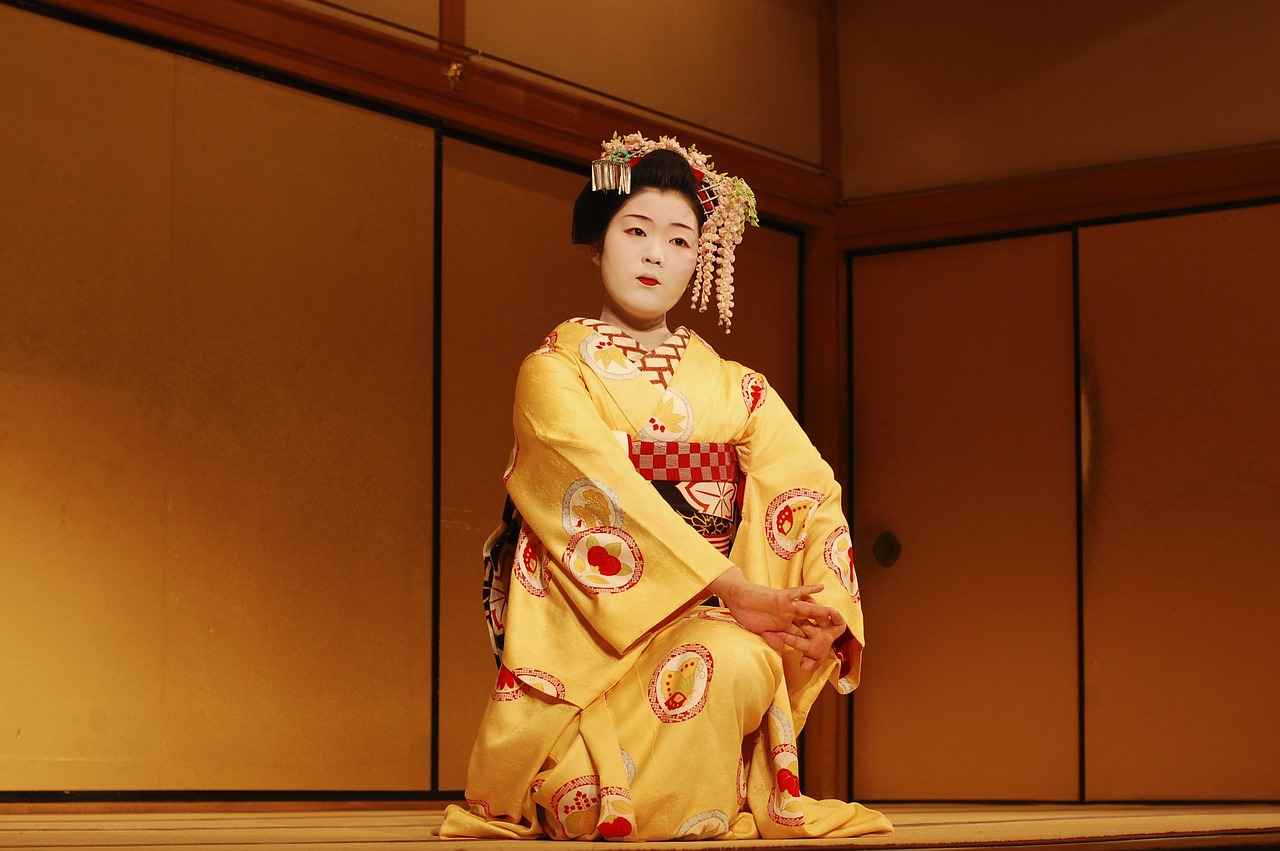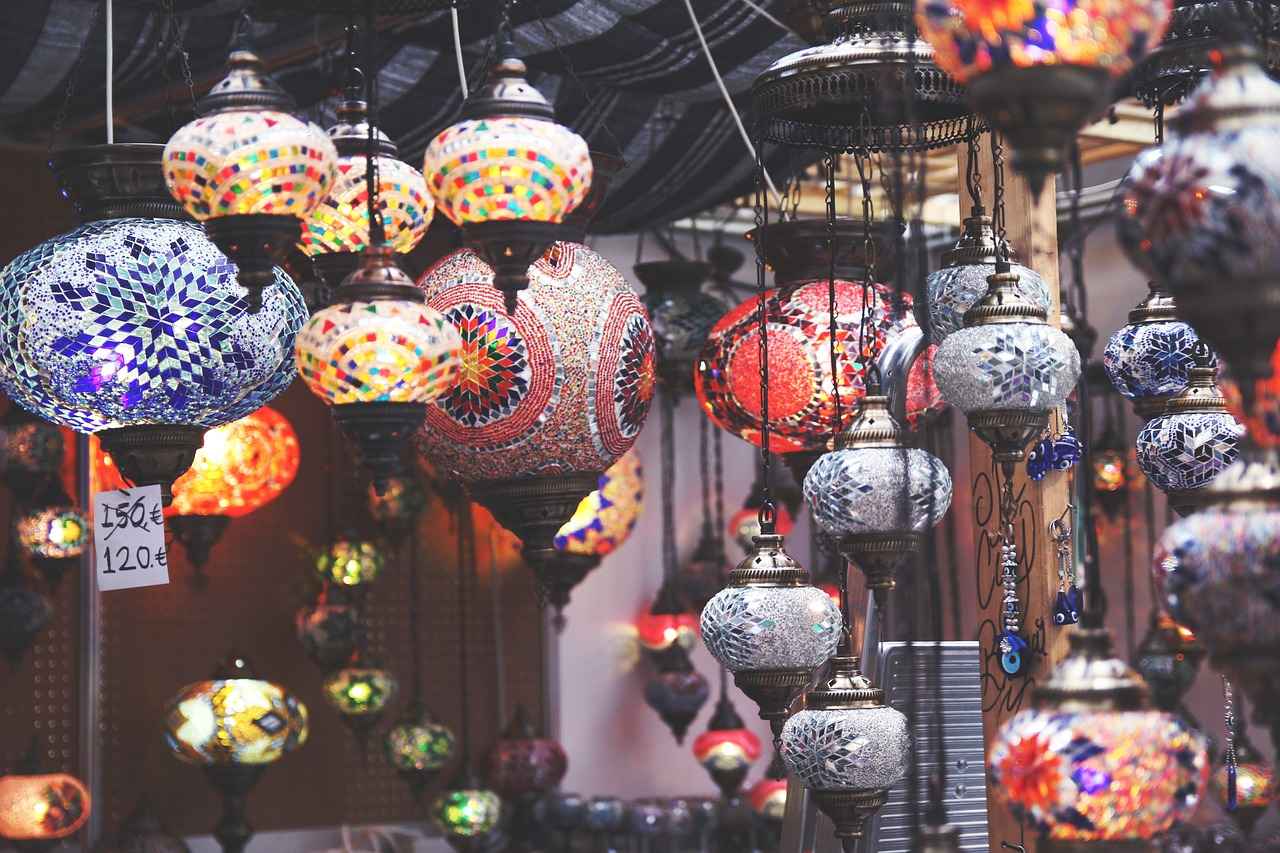In this article, we will explore how to create a stunning kimono outfit tailored for various occasions, providing tips on fabrics, styling, and accessories for a perfect look. Kimonos, with their rich history and elegant designs, can be versatile additions to your wardrobe. Whether you’re dressing for a casual outing or a formal event, understanding how to style a kimono can elevate your appearance.
Understanding the Kimono
Kimonos are traditional Japanese garments that symbolize cultural heritage. They come in various styles, ranging from informal to formal, each suited for different occasions. To style them appropriately, it’s essential to grasp their significance and history.
Choosing the Right Fabric
The choice of fabric significantly influences the overall look and comfort of your kimono. Common materials include:
- Cotton: Ideal for casual wear, breathable and easy to maintain.
- Silk: Offers an elegant appearance, perfect for formal events but requires more care.
Understanding the pros and cons of each fabric will help you make an informed decision.
Patterns and Colors
Kimonos are available in a plethora of patterns and colors. Choosing the right design can enhance your personal style and align with the event’s theme. Opt for floral patterns for daytime events and solid colors or intricate designs for evening gatherings.
Accessorizing Your Kimono
Accessories can elevate your kimono outfit. Consider:
- Footwear: Traditional sandals or modern heels can complement your look.
- Jewelry: Simple earrings or statement pieces can add flair without overwhelming the outfit.
- Bags: Choose a bag that matches the kimono’s color scheme for a cohesive appearance.
Styling for Different Occasions
Adapting your kimono for various events is key. For casual outings, a relaxed style with a cotton kimono works well. For formal events, consider a silk kimono, paired with elegant accessories to achieve a sophisticated look.
Caring for Your Kimono
To maintain the quality of your kimono, proper care is essential. Always follow the manufacturer’s guidelines for washing and storage:
- Washing: Use gentle methods suitable for the fabric.
- Storage: Hang or fold your kimono properly to prevent wrinkles and damage.
Conclusion
Creating the perfect kimono outfit involves understanding its cultural significance, choosing the right fabric, accessorizing thoughtfully, and ensuring proper care. With these tips, you can confidently wear your kimono for any event, making a striking impression.
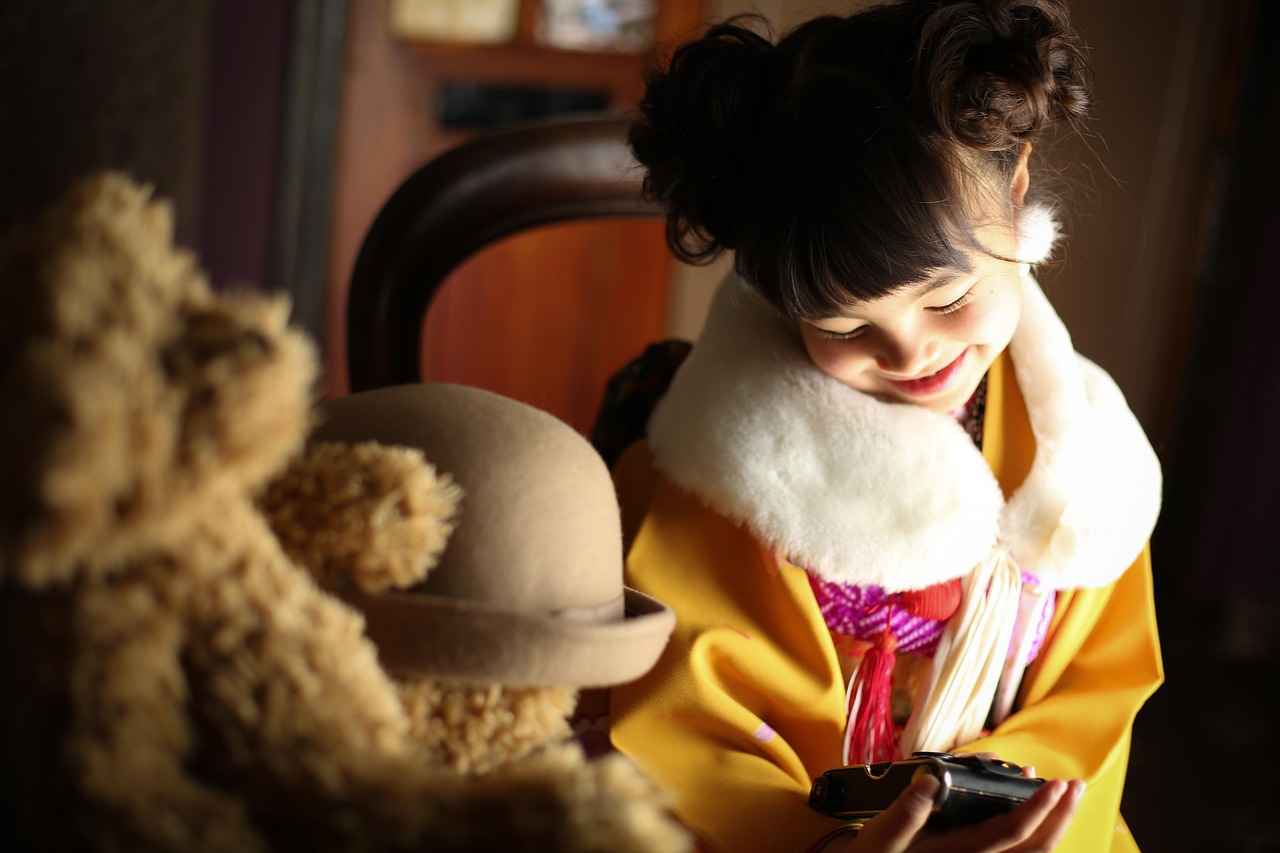
Understanding the Kimono
Kimonos are not merely garments; they are a symbol of Japanese culture and heritage. These traditional outfits have a rich history that dates back centuries, evolving in style and significance over time. Each kimono is unique, reflecting the wearer’s personality, the occasion, and the season.
The variety of kimonos available today can be overwhelming. They come in numerous styles, including yukata (casual summer kimono), furisode (formal kimono for young women), and hifu (a type of coat). Each type serves a specific purpose and is made from different fabrics, ensuring that there is a kimono suitable for every event.
Understanding the cultural significance of kimonos is crucial for anyone looking to wear one. For instance, the color and pattern of a kimono can convey messages about the wearer’s status, age, or even marital status. Traditionally, brighter colors and elaborate patterns are reserved for younger women, while older women may opt for more subdued colors.
When it comes to styling a kimono, it is essential to consider the context. Formal events may require a more ornate kimono, complemented by accessories such as obi (sashes) and obijime (decorative cords), while a casual outing may call for a simpler design. The art of layering is also significant; adding a haori (a traditional jacket) can enhance the overall look while providing warmth during cooler months.
In conclusion, kimonos are a beautiful representation of Japanese tradition, with each piece telling a story of its own. By understanding their history and significance, one can truly appreciate the beauty of this timeless garment.
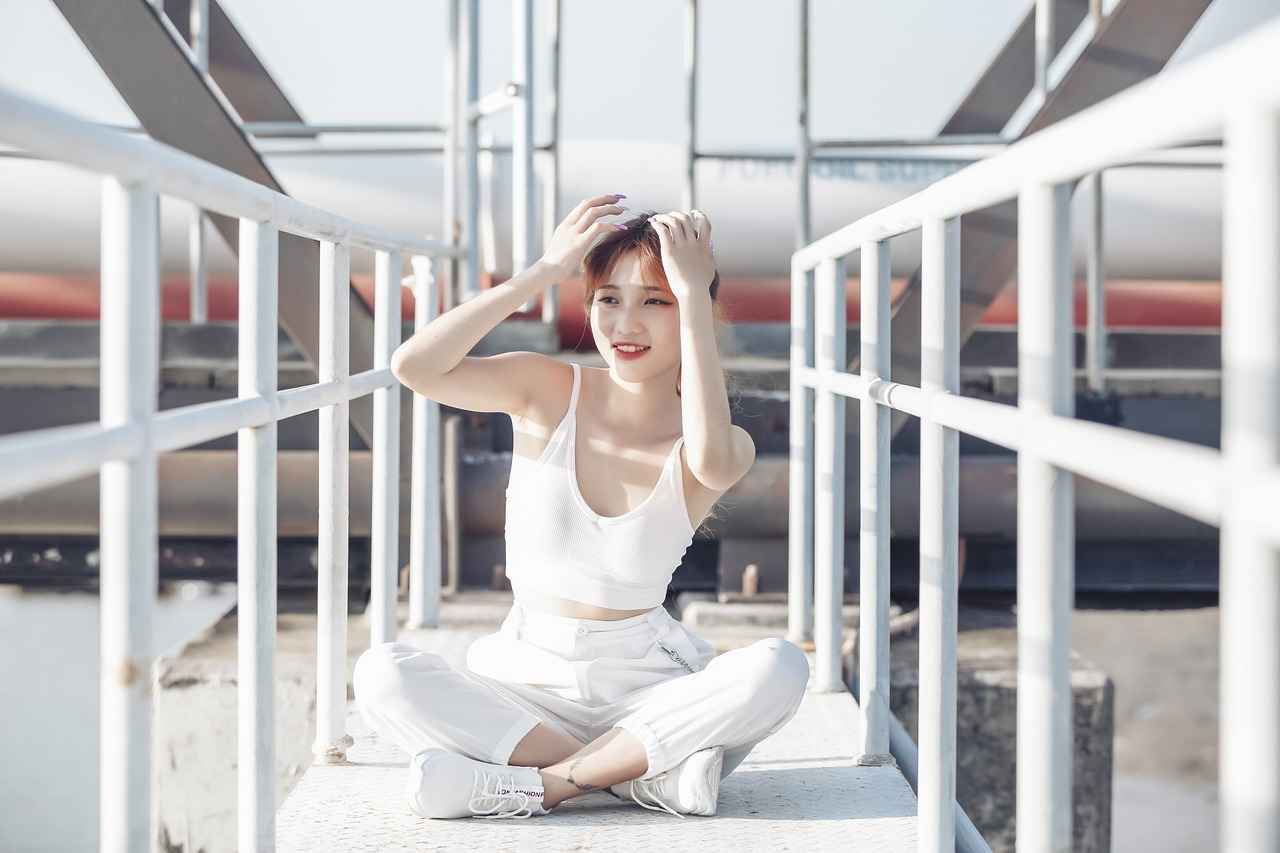
Choosing the Right Fabric
for your kimono is essential, as it significantly influences both the appearance and comfort of the garment. The fabric not only determines the visual appeal of your outfit but also affects how you feel while wearing it. Here, we will explore various types of fabrics commonly used in kimonos, their characteristics, and how they impact the overall look of your ensemble.
| Fabric Type | Characteristics | Best For |
|---|---|---|
| Cotton | Breathable, lightweight, and easy to care for. | Casual wear and warm weather. |
| Silk | Luxurious, smooth, and elegant with a natural sheen. | Formal events and special occasions. |
| Linen | Highly breathable and absorbs moisture well, but wrinkles easily. | Summer wear and casual outings. |
| Polyester | Durable, wrinkle-resistant, and often more affordable. | Everyday wear and versatile styling. |
When selecting a fabric, consider the occasion and the season. For instance, silk kimonos are perfect for formal events due to their elegant drape and luxurious feel, while cotton kimonos are ideal for casual outings or summer wear because of their lightweight nature.
Furthermore, the pattern and color of the fabric can also enhance the overall aesthetic of your kimono. Bright colors and bold patterns can create a striking look, while muted tones and subtle designs may offer a more understated elegance.
In conclusion, choosing the right fabric for your kimono is a vital step in creating a beautiful outfit. By understanding the different types of fabrics available and how they affect both comfort and style, you can make an informed decision that will elevate your kimono experience.
Cotton vs. Silk Kimonos
Kimonos have become a popular choice for both casual and formal wear, and the fabric you choose can significantly impact the overall look and feel of your outfit. In this section, we will delve into the pros and cons of cotton and silk kimonos, helping you make an informed decision based on your needs and the occasion.
| Fabric | Pros | Cons |
|---|---|---|
| Cotton |
|
|
| Silk |
|
|
When deciding between cotton and silk kimonos, consider the occasion and your personal style. Cotton kimonos are perfect for a relaxed day out, offering comfort and ease. On the other hand, silk kimonos exude elegance, making them ideal for formal gatherings or special events.
Ultimately, the choice between cotton and silk kimonos depends on your needs, preferences, and the context in which you plan to wear them. By understanding the unique qualities of each fabric, you can select the perfect kimono that aligns with your style and the occasion.
Seasonal Considerations
The choice of fabric for your kimono outfit is significantly influenced by the season. Selecting the right material not only enhances your style but also ensures your comfort throughout the day. Here, we will explore various fabrics suitable for different climates, helping you make informed choices for your next event.
- Spring: As the weather transitions from the chill of winter to the warmth of summer, lightweight fabrics such as cotton or linen are ideal. These materials are breathable, allowing for comfort during mild temperatures. Floral patterns in soft pastels can add a touch of freshness to your outfit.
- Summer: The heat of summer calls for even lighter fabrics. Chiffon and georgette are excellent choices as they are airy and flowy, providing ease of movement. Bright colors and vibrant patterns can reflect the joyful spirit of the season, making your kimono stand out.
- Autumn: As temperatures begin to drop, consider fabrics like silk or velvet, which offer a bit more warmth while maintaining elegance. Rich, earthy tones and intricate patterns can complement the season’s changing foliage, creating a harmonious look.
- Winter: For colder months, heavier fabrics such as wool or thick cotton blends provide the necessary warmth. Layering your kimono with a stylish coat or shawl can enhance your outfit while keeping you cozy. Darker colors and luxurious textures can add sophistication to your winter ensemble.
By understanding how different fabrics interact with seasonal changes, you can curate a kimono wardrobe that not only looks great but also feels comfortable year-round. Always consider the weather and occasion when selecting your outfit to ensure you make a lasting impression.
Patterns and Colors
Kimonos are not just garments; they are a canvas of artistry and cultural significance. The patterns and colors of a kimono can tell a story, reflect the wearer’s personality, and set the tone for any event. Understanding how to choose the right designs is essential for creating a harmonious look that resonates with your personal style and the theme of the occasion.
Exploring Patterns
- Floral Designs: These are popular for spring and summer events, symbolizing renewal and beauty.
- Geometric Patterns: Often associated with modern aesthetics, they can add a touch of contemporary flair to your outfit.
- Animal Motifs: These designs can convey strength and elegance, making them suitable for both casual and formal occasions.
Choosing Colors
The color palette of your kimono plays a crucial role in defining your overall look. Here are some tips to help you select the right colors:
- Seasonal Colors: Lighter shades such as pastels are ideal for spring, while deeper hues like burgundy and navy are perfect for fall and winter.
- Event Themes: Consider the theme of the event. For weddings, soft and muted colors are often preferred, while vibrant colors can be suitable for festivals and celebrations.
- Skin Tone: Choose colors that complement your skin tone. Warm tones like gold and orange suit warmer skin tones, while cool tones like blue and purple look great on cooler skin tones.
Conclusion
By carefully selecting the right patterns and colors for your kimono, you can create a stunning outfit that not only enhances your personal style but also aligns perfectly with the event’s theme. Remember, the key is to feel confident and comfortable in what you wear.
Layering Techniques
Layering is a powerful technique that can significantly enhance the beauty and versatility of your kimono outfit. By combining various pieces thoughtfully, you can create a balanced and fashionable look that is suitable for any occasion. Here are some effective layering techniques to consider:
- Start with a Base Layer: Choose a simple, fitted top or dress that complements the colors of your kimono. This base layer should be comfortable and allow for ease of movement.
- Add a Kimono: The kimono is the focal point of your outfit. Opt for one with a vibrant pattern or color that makes a statement. Ensure it fits well and drapes beautifully over your base layer.
- Incorporate a Belt: To create definition and shape, consider adding a belt around your waist. A contrasting belt can add visual interest and help to pull the outfit together.
- Layer with Outerwear: Depending on the season, you might want to add a lightweight jacket or cardigan. Choose something that complements the kimono without overwhelming it.
- Accessorize Thoughtfully: Accessories play a crucial role in layering. Consider adding a scarf, statement necklace, or earrings that draw attention without clashing with your kimono.
When layering, it is essential to maintain a sense of balance. Avoid overloading your outfit with too many patterns or bulky items. Instead, aim for a cohesive look that highlights the elegance of the kimono while allowing your personal style to shine through.
By mastering these layering techniques, you can transform your kimono outfit into a stunning ensemble that is both fashionable and functional, perfect for any event.
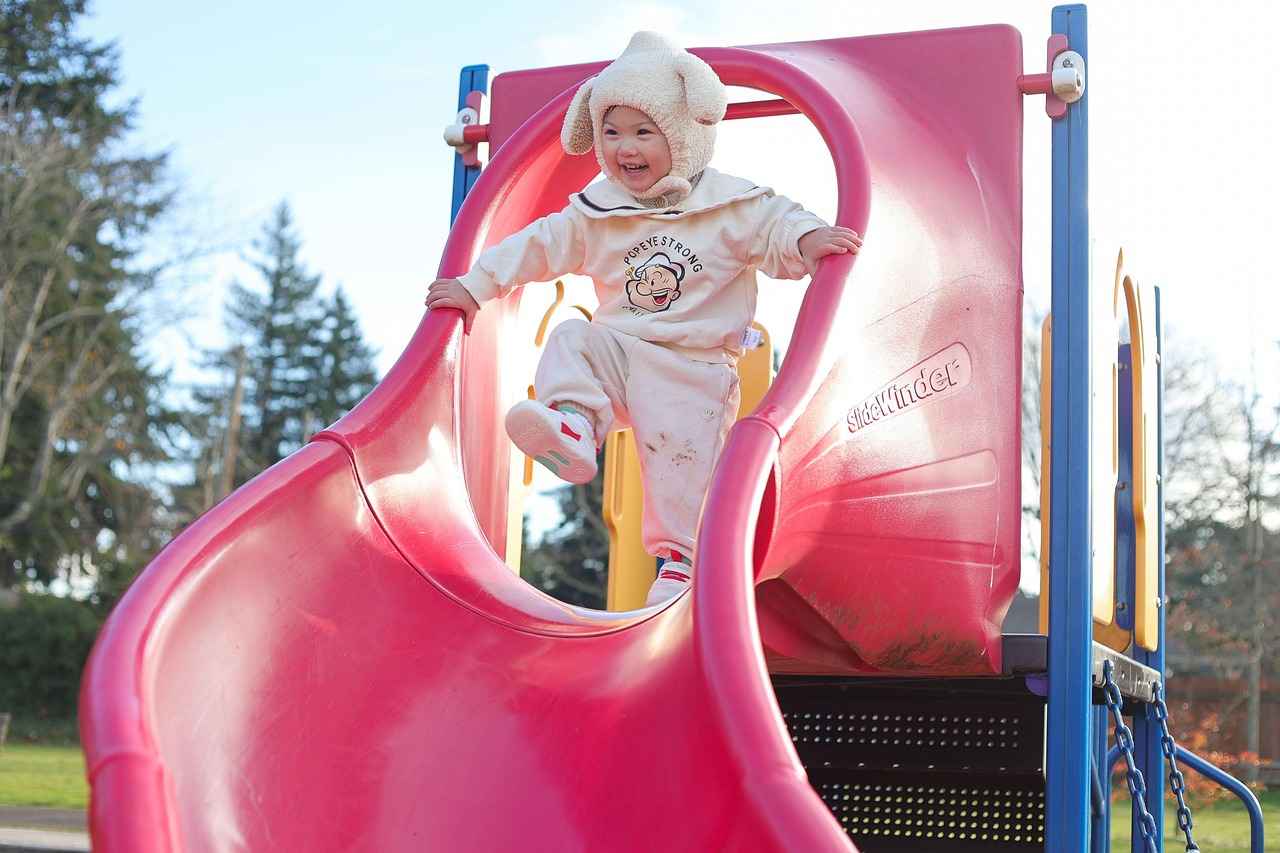
Accessorizing Your Kimono
When it comes to wearing a kimono, the right accessories can truly transform your outfit from ordinary to extraordinary. By thoughtfully selecting accessories, you can achieve a cohesive and stylish appearance that reflects your personal taste and the occasion. Here’s a guide to help you elevate your kimono look.
- Obi Belts: The obi is a wide belt that is an essential part of kimono attire. Opt for an obi that contrasts or complements your kimono color. A beautifully tied obi can add a touch of elegance and sophistication.
- Footwear: Traditional geta or zori sandals are excellent choices for a classic look. For a modern twist, consider pairing your kimono with stylish heels or ankle boots that match your outfit’s color scheme.
- Jewelry: Keep jewelry minimal to maintain the focus on your kimono. Simple earrings or a delicate necklace can enhance your outfit without overwhelming it. Choose pieces that reflect the colors or patterns of your kimono.
- Bags: A small clutch or handbag can be a perfect accessory. Look for bags made from traditional materials like silk or those that feature Japanese motifs to complement your kimono.
- Hairstyles: Your hairstyle can also act as an accessory. Consider traditional styles like a geisha bun or modern updos that keep your hair off your face, allowing your kimono to take center stage.
In conclusion, the right accessories can significantly enhance your kimono outfit, making it suitable for various occasions—from casual gatherings to formal events. By selecting the right elements, you can create an ensemble that is not only stylish but also reflects your unique personality.
Footwear Options
Choosing the right footwear is essential when styling your kimono. The right shoes not only enhance your overall look but also ensure comfort and confidence as you wear this beautiful traditional garment. From traditional sandals to modern heels, there are numerous options available that can complement your kimono beautifully.
Here are some popular footwear choices to consider:
- Geta: These are traditional Japanese wooden sandals that elevate the wearer, making them an excellent choice for formal occasions. They pair well with a variety of kimono styles and add an authentic touch to your outfit.
- Zori: Another traditional option, zori are flat sandals made of rice straw or synthetic materials. They are comfortable and versatile, making them suitable for casual outings as well as formal events.
- Wedges: For those looking for a modern twist, wedge sandals provide both height and stability. They can add a contemporary flair to your kimono while still being easy to walk in.
- Heels: If you’re attending a formal event, a pair of elegant heels can elevate your kimono look. Opt for classic styles in neutral tones to maintain a harmonious balance.
- Flats: For a more relaxed look, stylish flats can be a comfortable option. They are perfect for casual outings and can be found in various designs to match your kimono’s color and pattern.
When selecting footwear, consider the overall theme of your outfit and the occasion you are dressing for. The right shoes can enhance your kimono’s beauty and provide the comfort you need to enjoy your event to the fullest.
Jewelry and Bags
Accessorizing your kimono with the right jewelry and bags can significantly enhance your overall look, adding a touch of personal style and elegance. Here are some essential tips to help you choose accessories that harmonize beautifully with your kimono.
- Consider the Color Palette: When selecting jewelry and bags, consider the colors in your kimono. Aim for accessories that either complement or contrast with the kimono’s hues. For instance, if your kimono features vibrant colors, opt for more subdued accessories to maintain balance.
- Material Matters: The material of your accessories should also match the fabric of your kimono. For example, if you are wearing a silk kimono, consider elegant jewelry made of gold or silver, and a refined clutch. Conversely, a cotton kimono pairs well with more casual materials like canvas or leather.
- Jewelry Styles: Choose jewelry that enhances your outfit without overwhelming it. Delicate pieces, such as stud earrings or a simple necklace, work well with intricate kimono designs. If your kimono is more understated, you might opt for bolder jewelry to make a statement.
- Bag Size and Shape: The size and shape of your bag should be practical yet stylish. A small clutch or a crossbody bag can be ideal for formal events, while a larger tote might suit a casual day out. Ensure the bag does not distract from the beauty of the kimono.
- Layering Accessories: Consider layering your accessories for added depth. A combination of bracelets or stacked rings can create an interesting visual effect. However, be mindful not to overdo it; the key is to maintain a sense of harmony.
By thoughtfully selecting your jewelry and bags, you can create a cohesive and stylish look that showcases the beauty of your kimono. Remember, the right accessories are not just embellishments; they are an integral part of your overall outfit.

Styling for Different Occasions
Kimonos are incredibly versatile garments that can be adapted to suit a variety of events, from casual outings to formal gatherings. Understanding how to style your kimono appropriately for each occasion can enhance your overall appearance and make you feel confident. Below, we explore various styling tips to help you create the perfect kimono outfit, no matter the event.
Casual Day Outfits
- Fabric Choice: Opt for lightweight cotton kimonos that are breathable and comfortable for everyday wear.
- Layering: Pair your kimono with a simple tank top and jeans for a relaxed look. You can also add a belt to cinch the waist and create a more defined silhouette.
- Footwear: Choose comfortable footwear like sandals or stylish sneakers to complete your casual ensemble.
Formal Event Styling
- Elegant Fabrics: Silk or satin kimonos are perfect for formal occasions. These materials drape beautifully and add a touch of sophistication.
- Accessorizing: Enhance your look with statement jewelry, such as chandelier earrings or a bold necklace. A chic clutch can also elevate your outfit.
- Footwear: Opt for elegant heels or dressy flats that complement the colors of your kimono.
Seasonal Adaptations
- Spring/Summer: Light fabrics and floral patterns are ideal for warmer seasons. Pair with sandals and light accessories.
- Fall/Winter: Consider layering your kimono over turtlenecks or long-sleeve dresses, and choose darker, richer colors.
By tailoring your kimono outfit to suit the occasion, you can effortlessly transition from a casual day out to a formal gathering while showcasing your unique style. Remember, the key is to choose the right fabric, accessories, and footwear that resonate with the event’s atmosphere.
Casual Day Outfits
For a casual day out, styling your kimono can create a relaxed yet chic appearance that is perfect for various settings, whether you’re heading to brunch with friends or enjoying a leisurely stroll in the park. Here are some tips to help you achieve that effortless look:
- Choose the Right Kimono: Opt for a lightweight cotton kimono for a more casual vibe. Look for playful patterns or solid colors that reflect your personal style.
- Pair with Comfortable Bottoms: For a laid-back outfit, consider wearing your kimono over a simple t-shirt and high-waisted jeans or shorts. This combination allows for movement while keeping you stylish.
- Footwear Matters: Choose comfortable footwear such as sandals or sneakers that complement your outfit. Avoid overly formal shoes to maintain a casual feel.
- Accessorize Wisely: Keep accessories minimal. A crossbody bag and some simple jewelry like stud earrings or a dainty necklace can elevate your look without overwhelming it.
- Layer for Versatility: If the weather is unpredictable, consider layering your kimono over a light sweater or a fitted . This adds depth to your outfit while keeping you warm.
Remember, the key to a successful casual kimono outfit is to keep it comfortable and effortless. By selecting the right pieces and accessories, you can create a look that is both stylish and suitable for any casual outing.
With these tips, you can confidently embrace the relaxed kimono style and enjoy your day out in comfort and fashion.
Formal Event Styling
is an essential aspect of wearing a kimono, especially when you want to make a lasting impression at upscale occasions. The beauty of a kimono lies not only in its fabric but also in how it is styled and accessorized. Below, we delve into the key components that will help you achieve an elegant look for formal events.
- Choosing the Right Kimono: Opt for a silk kimono, as it exudes luxury and sophistication. Look for designs that feature intricate patterns and rich colors, which are often preferred for formal gatherings.
- Layering with Elegance: Consider layering your kimono with a haneri (a decorative collar) or a stylish obijime (a decorative cord). These elements add depth and visual interest to your outfit.
- Accessorizing Thoughtfully: Accessories play a crucial role in enhancing your kimono. A beautiful obi (sash) can transform your look. Choose one that complements the color and pattern of your kimono.
- Footwear Selection: For formal events, traditional geta (wooden sandals) or modern heels can be ideal. Ensure that your footwear aligns with the overall elegance of your outfit.
- Jewelry Choices: Keep jewelry minimal and elegant. A pair of pearl earrings or a delicate bracelet can add a touch of sophistication without overwhelming your outfit.
When attending formal events, remember that confidence is key. Wear your kimono with pride, and embrace the cultural significance it holds. The right styling and accessories will not only enhance your appearance but also celebrate the rich heritage of this beautiful garment.
By following these guidelines, you can create a stunning and sophisticated kimono outfit that is perfect for any formal occasion.
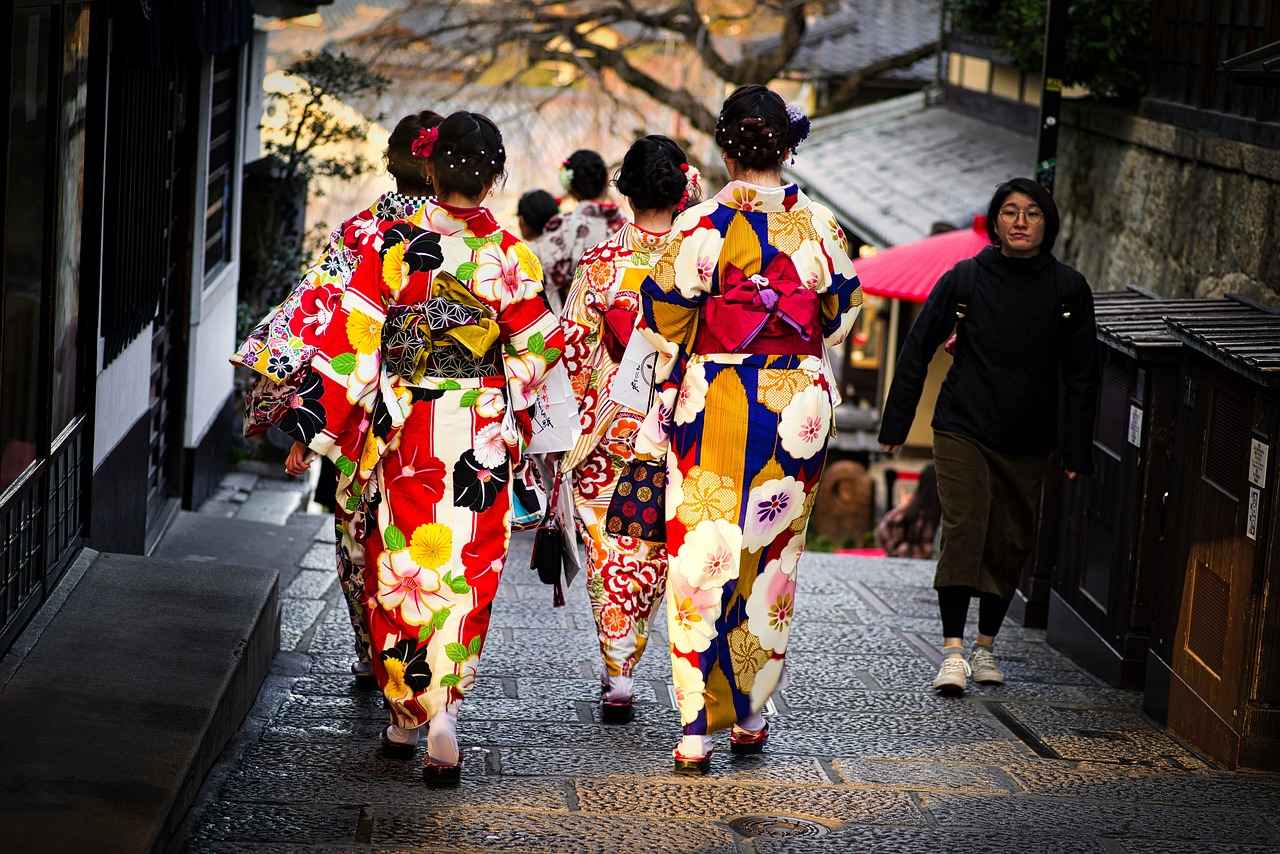
Caring for Your Kimono
Proper care is essential to maintain the quality and appearance of your kimono. This traditional garment deserves meticulous attention to ensure it remains in pristine condition for years to come. Here, we will explore the best practices for washing, storing, and preserving your kimono.
Washing Your Kimono
When it comes to washing your kimono, gentleness is key. Here are some best practices:
- Hand Wash: Always opt for hand washing instead of machine washing. Use lukewarm water and a mild detergent specifically designed for delicate fabrics.
- Spot Cleaning: For minor stains, consider spot cleaning with a damp cloth rather than washing the entire garment.
- Drying: Avoid wringing out the fabric. Instead, lay it flat on a clean towel to absorb excess water before hanging it to dry in a shaded area.
Storage Tips
Proper storage is crucial to prevent damage. Follow these guidelines to keep your kimono safe:
- Use a Garment Bag: Store your kimono in a breathable garment bag made of cotton or silk to protect it from dust and light.
- Avoid Folding: If possible, hang your kimono on a padded hanger to maintain its shape. If you must fold it, use acid-free tissue paper to prevent creases.
- Climate Control: Keep your kimono in a cool, dry place away from direct sunlight to avoid fading and deterioration.
Preserving Your Kimono
To extend the life of your kimono:
- Regular Inspections: Periodically check for any signs of wear or damage, such as loose threads or fading colors.
- Professional Cleaning: Consider having your kimono professionally cleaned every few years, especially if it is made of silk.
- Keep Away from Moths: Use cedar blocks or lavender sachets in your storage area to deter moths and other pests.
By following these care tips, you can ensure that your kimono remains a beautiful and cherished garment, ready for any occasion.
Washing and Maintenance
Understanding how to wash and maintain your kimono is crucial for its longevity and overall appearance. With the right care, your kimono can remain a cherished piece of clothing for years to come. In this section, we will explore gentle cleaning methods suitable for different fabrics, ensuring that your kimono stays in pristine condition.
- Identify the Fabric: Before washing your kimono, it is essential to identify the fabric type. Common fabrics include silk, cotton, and polyester. Each fabric requires different care methods.
- Gentle Hand Washing: For most fabrics, especially silk, hand washing is recommended. Use cold water and a mild detergent. Gently agitate the water and immerse the kimono, avoiding any harsh scrubbing.
- Machine Washing: If your kimono is made of durable fabric like cotton or polyester, you may opt for machine washing. Use a delicate cycle and place the kimono in a mesh laundry bag to protect it from snagging.
- Spot Cleaning: For small stains, spot cleaning can be effective. Use a damp cloth and a gentle stain remover, applying it only to the stained area.
- Drying Techniques: After washing, avoid wringing out your kimono. Instead, lay it flat on a clean towel to absorb excess water. Hang it to dry in a shaded area, away from direct sunlight to prevent fading.
- Ironing and Steaming: If your kimono is wrinkled after washing, use a low heat setting on your iron or a steamer. Always place a cloth between the iron and the fabric to avoid direct contact.
In conclusion, proper washing and maintenance are vital for preserving the beauty and integrity of your kimono. By following these gentle cleaning methods tailored to different fabrics, you can ensure that your kimono remains a stunning addition to your wardrobe for years to come.
Storage Tips
Proper storage is essential to prevent damage to your kimono. By implementing effective storage techniques, you can keep your garment in pristine condition for years to come. Here are some valuable tips to ensure your kimono remains beautiful and well-preserved.
- Clean Before Storing: Always ensure your kimono is clean before storing it. Stains or dirt can become permanent if left untreated. Use a gentle detergent and follow the care instructions specific to the fabric.
- Choose the Right Storage Location: Store your kimono in a cool, dry place away from direct sunlight. Humidity can lead to mold, while sunlight can fade colors. A dark, climate-controlled closet is ideal.
- Use a Garment Bag: Consider using a breathable garment bag made from cotton or muslin. Avoid plastic bags as they can trap moisture and cause mildew.
- Proper Folding Techniques: When folding your kimono, use acid-free tissue paper to help maintain its shape. Lay the kimono flat and fold it gently, avoiding sharp creases.
- Avoid Hanging: While it might be tempting to hang your kimono on a hanger, this can stretch the fabric. If you must hang it, use padded hangers and ensure it is not too tight.
- Regular Checks: Periodically check your stored kimono for any signs of damage or pests. Early detection can prevent further issues.
By following these storage tips, you can significantly extend the life of your kimono. Remember, proper care and storage will keep your garment looking as stunning as the day you bought it.
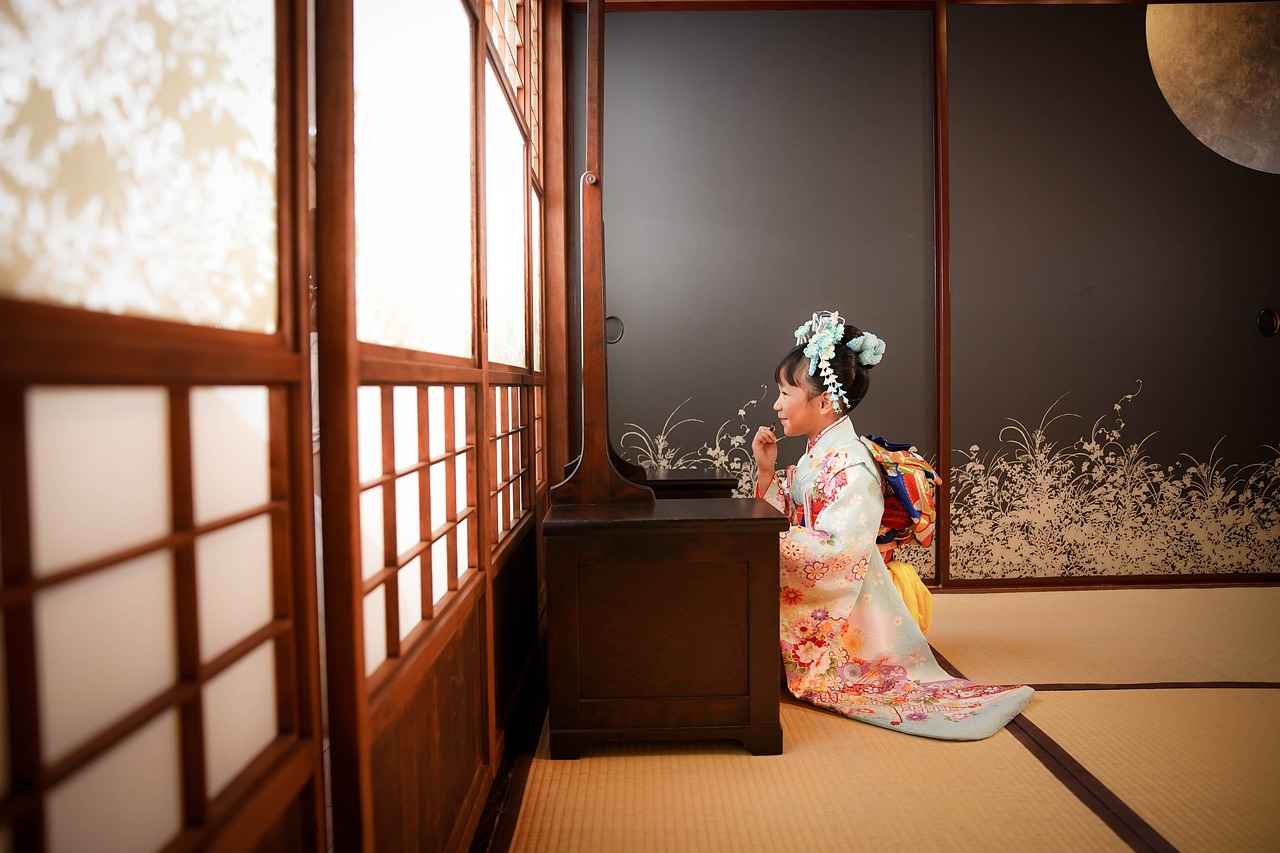
Conclusion
How to Make the Perfect Kimono Outfit for Your Next Event
Creating the perfect kimono outfit requires an appreciation for the garment’s rich history, a keen eye for fabric selection, thoughtful accessorizing, and proper care. This guide will help you navigate these elements, ensuring you feel confident and stylish in your kimono for any occasion.
Understanding the Kimono
Kimonos are not just clothing; they are a symbol of Japanese culture, representing elegance and tradition. They come in various styles, each suited for different occasions, from casual outings to formal events. Familiarizing yourself with the history and significance of kimonos is essential for styling them appropriately.
Choosing the Right Fabric
The fabric of your kimono significantly influences its overall look and comfort. Common options include:
- Cotton: Ideal for casual wear, breathable and easy to maintain.
- Silk: Offers a luxurious feel, perfect for formal occasions.
Understanding the pros and cons of each fabric will help you make an informed decision based on your needs.
Patterns and Colors
Kimonos are available in a vast array of patterns and colors. When selecting a design, consider your personal style and the event’s theme. Bold patterns can make a statement, while subtle hues may convey elegance.
Accessorizing Your Kimono
Accessories can elevate your kimono outfit. Consider these options:
- Footwear: Traditional sandals or modern heels can complement your look.
- Jewelry: Choose pieces that enhance rather than overpower your outfit.
Styling for Different Occasions
Whether you’re attending a casual gathering or a formal event, kimonos can be styled accordingly. For casual outings, opt for a relaxed fit and minimal accessories. For formal occasions, focus on elegant fabrics and sophisticated accessories.
Caring for Your Kimono
To maintain your kimono’s beauty and longevity, proper care is essential. Here are some tips:
- Washing: Use gentle cleaning methods suitable for the fabric type.
- Storage: Store your kimono in a cool, dry place to prevent damage.
Creating the perfect kimono outfit involves understanding the garment’s history, choosing the right fabric, accessorizing thoughtfully, and caring for it properly. By following these guidelines, you can confidently wear your kimono for any event, embracing the beauty and tradition it represents.





